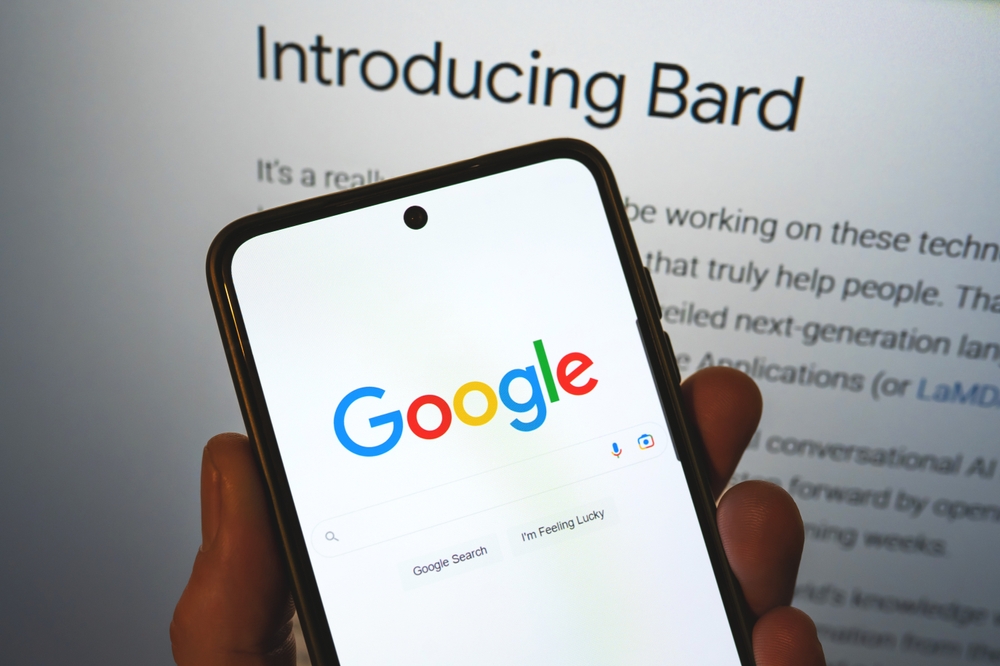Google’s Bard AI chatbot has evolved with a more powerful model and range of clever new features, including integration with Google Drive and Gmail.
This turns Bard into a Swiss Army Knife among AI chatbots. For instance, you can now request Bard to organize an upcoming journey, presenting real flights. Or, you could ask Bard to summarize recent meeting notes from a Google Drive document or email.
Having felt the pressure earlier this year when OpenAI launched its chatbot ahead of them, Google is now leveraging its plethora of apps and tools to create holistic AI tools.
This aligns with both Google and DeepMind’s visions to create ‘interactive AI,’ which DeepMind CEO Mustafa Suleyman said would take over generative AI in the coming years.
Sissie Hsiao, the general manager for Google Assistant and Bard, commented to CNN, “These services in conjunction with one another are very, very powerful. Bringing all the power of these tools together will save people time — in 20 seconds, in minutes, you can do something that would have taken maybe an hour or more.”
Perhaps most notably, users can link their Gmail, Docs, and Google Drive to Bard for more personalized assistance. Google assures that personal Google Workspace data won’t be used for training Bard or targeted advertising, and users can revoke access permissions anytime.
Google described the new extensions tool as a “first step in a fundamentally new capability for Bard.”
To address AI “hallucinations” – instances where AI confidently states something that isn’t factual – Bard is introducing a “double check” button. This feature will highlight parts of Bard’s response, contrasting it with Google Search results. “You can kind of think of it as spell check, but double checking the facts,” Hsiao explained.
Another new feature allows one user to share their chat with Bard with another individual, who can then continue the conversation.
While Bard is still in its infancy, having been launched in March as an “experiment,” this update shows Google’s commitment to adapting it for new audiences and uses.
Summary of Bard’s new features
Here’s a blow-by-blow description of the new Google Bard:
- Integration with Google Apps: Bard integrates with Google apps and services for enhanced responses. This includes Gmail, Docs, Drive, Google Maps, YouTube, and Google Flights and Hotels.
- Bard extensions: Currently available in English, extensions allow Bard to fetch and display relevant information from various Google tools, even if the data spans multiple apps. For instance, Bard can consolidate dates from Gmail, real-time flight and hotel details, Google Maps directions, and related YouTube videos into a single conversation when planning a trip.
- Workspace extensions privacy: Google ensures that if users opt for Workspace extensions, their content from Gmail, Docs, and Drive won’t be accessed by human reviewers, used for advertising, or to train Bard. Users can control their privacy settings and disable these extensions whenever they wish.
- “Google it” feature: Users can now easily verify Bard’s responses. By clicking the “G” icon, Bard will assess its answer and cross-reference it with web content. Users can then click on highlighted segments to see supporting or opposing information from Search.
- Shared conversations: Users can now build upon conversations others have had with Bard. If someone shares a Bard chat via a public link, the recipient can continue the discussion or use it as a foundation for their queries.
- Expanded language support: Bard is extending its existing English language features, like uploading images with Lens and modifying responses, to over 40 languages.
- PaLM 2 model: The enhancements are powered by the updated PaLM 2 model, which makes Bard more intuitive, imaginative, and capable of assisting in diverse tasks, from brainstorming to coding, in multiple languages.
Google is clearly on the steamroll, with recent AI updates for YouTube and talk (although mostly hype) about a new AI model called Gemini, which could blow everyone out of the water.





